[vc_row type=”” top_margin=”none”][vc_column type=”” top_margin=”none” width=”1/1″][vc_column_text]
By L.A. WARREN
[/vc_column_text][/vc_column][/vc_row][vc_row type=”” top_margin=”none”][vc_column type=”” top_margin=”none” width=”1/1″][vc_empty_space height=”32px”][/vc_column][/vc_row][vc_row type=”” top_margin=”none”][vc_column type=”” top_margin=”none” width=”1/1″][vc_column_text]
During a program commemorating the birthday of Dr. Martin Luther King Jr., lawyer-activist Constance Slaughter-Harvey said she is still reeling from the “state-sanctioned murder” at Jackson State College that left two young black males dead and a dozen students injured 50 years ago.
The keynote speaker at Jackson State University’s MLK Convocation presented by the Margaret Walker Center said, “This is one of the most difficult times in my life in that I have been forced to relive an era in Mississippi history that makes me sad, mad, angry, hurt and disappointed.”
Slaughter-Harvey, who spoke on Jan. 17 in the Rose E. McCoy Auditorium, is the first African- American woman to receive a law degree from the University of Mississippi and the first black female to serve as a judge in Mississippi. She is the founder and president of Legacy Education and Community Empowerment Foundation, Inc.
[/vc_column_text][/vc_column][/vc_row][vc_row type=”” top_margin=”none”][vc_column type=”” top_margin=”none” width=”1/1″][vc_empty_space height=”32px”][/vc_column][/vc_row][vc_row type=”” top_margin=”none”][vc_column type=”” top_margin=”none” width=”1/1″][vc_column_text]
On May 15, 1970, Slaughter-Harvey remembers seeing the Thompson Tank that was used to intimidate and herd protesters. The menacing vehicle, named after former white supremacist Jackson Mayor Allen C. Thompson, was outfitted with paramilitary gear.
On that fateful day, law enforcement unleashed 400 rounds of ammunition for 30 seconds on Alexander Hall, a women’s dormitory. Bullets tore through walls, windows and flesh during the early-morning assault. “It sounded like hail on a tin roof with gunfire smoke that smelled strange. The sky lit up and there were cries and screams of students running – and those unable to run because of their wounds.”
Phillip Gibbs, a 21-year-old pre-law student at JSC, and James Earl Green, a 17-year-old Jim Hill High School student who was caught in the crossfire while walking home from work, were killed.
[/vc_column_text][/vc_column][/vc_row][vc_row type=”” top_margin=”none”][vc_column type=”” top_margin=”none” width=”1/1″][vc_empty_space height=”32px”][/vc_column][/vc_row][vc_row type=”” top_margin=”none”][vc_column type=”” top_margin=”none” width=”1/1″][vc_column_text]Slaughter-Harvey filed a lawsuit on their behalf, as well as for plaintiff-students who are still alive. “We thank all of you for being here today to salute them and to share their stories,” she said.[/vc_column_text][/vc_column][/vc_row][vc_row type=”” top_margin=”none”][vc_column type=”” top_margin=”none” width=”1/1″][vc_empty_space height=”32px”][/vc_column][/vc_row][vc_row type=”” top_margin=”none”][vc_column type=”” top_margin=”none” width=”1/2″][vc_column_text]
Dr. Robert Luckett, director of the Margaret Walker Center, reflected on the 1970 tragedy, too.
He said, “Dozens upon dozens of members in our community were physically and psychologically wounded when city police and highway patrolmen brazenly fired roughly 400 rounds of ammunition in 30 seconds into Alexander Hall, a women’s dormitory. And they did so under the cover of darkness.”
He offered words of gratitude to the keynote speaker.
“Thank you, Mrs. Slaughter- Harvey, for what you did to stand up to these people and to call out a racist and murderous power structure in this state and nation. I would point out that Dr. Margaret Walker did the same.”
[/vc_column_text][/vc_column][vc_column type=”” top_margin=”none” width=”1/2″][vc_single_image image=”4442″ border_color=”grey” img_link_large=”” img_link_target=”_self” img_size=”large”][/vc_column][/vc_row][vc_row type=”” top_margin=”none”][vc_column type=”” top_margin=”none” width=”1/1″][vc_empty_space height=”32px”][/vc_column][/vc_row][vc_row type=”” top_margin=”none”][vc_column type=”” top_margin=”none” width=”1/1″][vc_column_text]
Slaughter-Harvey recalls suing the Mississippi Institutions of Higher Learning to gain access to campus. She had wanted to consult with her legal clients and inspect Alexander Hall for evidence after the siege. Instead, she was placed in the back of a police car.
Several legal actions were filed on behalf of the victims. Defendants were the state of Mississippi; City of Jackson; the mayor; Mississippi Highway Patrol; the Jackson Police Department; the U.S. National Guard; and other conspirators.
[/vc_column_text][/vc_column][/vc_row][vc_row type=”” top_margin=”none”][vc_column type=”” top_margin=”none” width=”1/1″][vc_empty_space height=”32px”][/vc_column][/vc_row][vc_row type=”” top_margin=”none”][vc_column type=”” top_margin=”none” width=”1/1″][vc_column_text]
The lawsuits included one filed in Hinds County (Mrs. Dale Gibbs vs. City of Jackson) that was subsequently abandoned for one at the federal level (Burton vs. Waller). Plaintiffs were Myrtle Green Burton, the mother of Green, and Dale Gibbs, widow of Gibbs.
While Harvey-Slaughter paid homage to Gibbs and Green, she also acknowledged other plaintiffs: Tuwaine Davis Whitehead, who was struck in the stairwell of Alexander Hall; Vernon Weakley, who was hit in the leg in front of the west wing; and Leroy Kenter, who suffered injuries to his legs as he attempted to run past the west wing.
The trial occurred in Biloxi with Judge Walter Nixon presiding. An all-white jury exonerated the defendants in 1972.
“I shall never forget the reaction of the patrolmen and other officials when the verdict was read,” Slaughter-Harvey said. “It was the biggest display of rebel yells. And, I will never forget the pain that was reflected in the eyes of the plaintiffs.”
[/vc_column_text][/vc_column][/vc_row][vc_row type=”” top_margin=”none”][vc_column type=”” top_margin=”none” width=”1/1″][vc_empty_space height=”32px”][/vc_column][/vc_row][vc_row type=”” top_margin=”none”][vc_column type=”” top_margin=”none” width=”1/2″][vc_single_image image=”4224″ border_color=”grey” img_link_large=”” img_link_target=”_self” img_size=”large”][/vc_column][vc_column type=”” top_margin=”none” width=”1/2″][vc_column_text]
Slaughter-Harvey still agonizes over the loss experienced by the families of Gibbs and Green and feels the pain of bereaved mother Myrtle Green Burton.
“Each time I visited Mrs. Burton she would ask if the governor or mayor had ever said that her son James Earl was not a bad boy. All I could say was ‘time would tell.’ Even a week before her death, Green Burton asked, ‘When are they going to say that Earl was a good boy?”’
Could a tragedy similar to May 1970 happen again?
Slaughter-Harvey hints that it’s possible. She bemoans the “excessive use of force” in recent years in Alabama, Florida, Illinois, Michigan, Texas and other states.
The black community lacks a “sustained, organized and meaningful outcry” against injustice, Slaughter-Harvey said. She commended the Committee for Concerned Students at JSU who displayed their rage and protected the Alexander Hall panel during that violent period 50 years ago.
“Many others stood out and spoke out against injustice,” she said, and they demanded, “Let us be heard. Their support was my oxygen.”
[/vc_column_text][/vc_column][/vc_row][vc_row type=”” top_margin=”none”][vc_column type=”” top_margin=”none” width=”1/1″][vc_empty_space height=”32px”][/vc_column][/vc_row][vc_row type=”” top_margin=”none”][vc_column type=”” top_margin=”none” width=”1/1″][vc_column_text]Today, however, she said, “The shootings of black children and of men and women in homes, schools, shopping centers, parks and churches will not stop unless we collectively and individually speak out. We need to do this by voting, monitoring public officials and, above all, remaining vigilant.”[/vc_column_text][/vc_column][/vc_row]



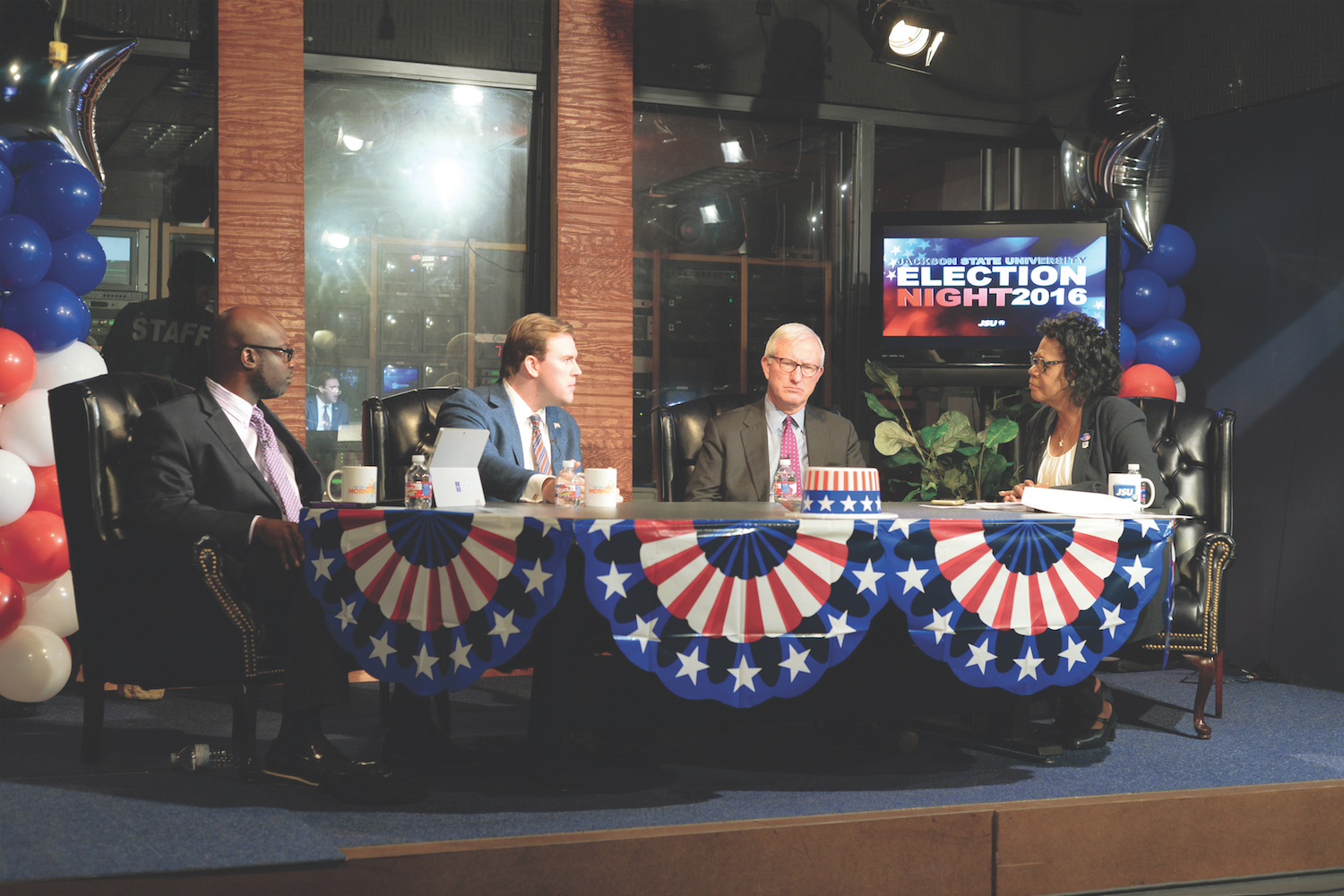
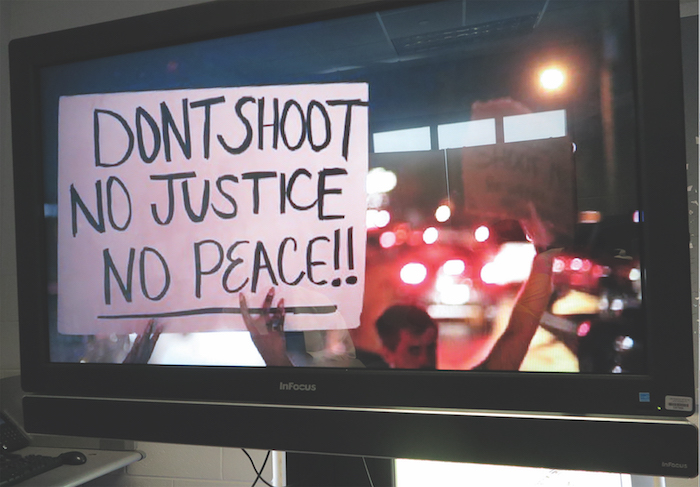
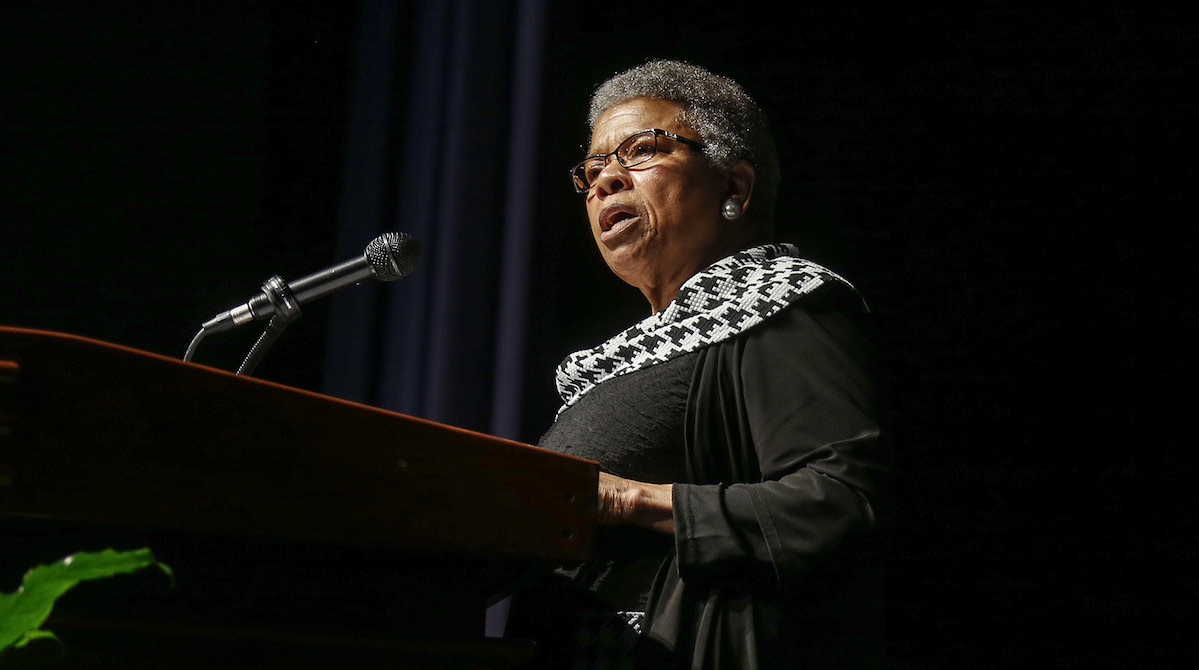
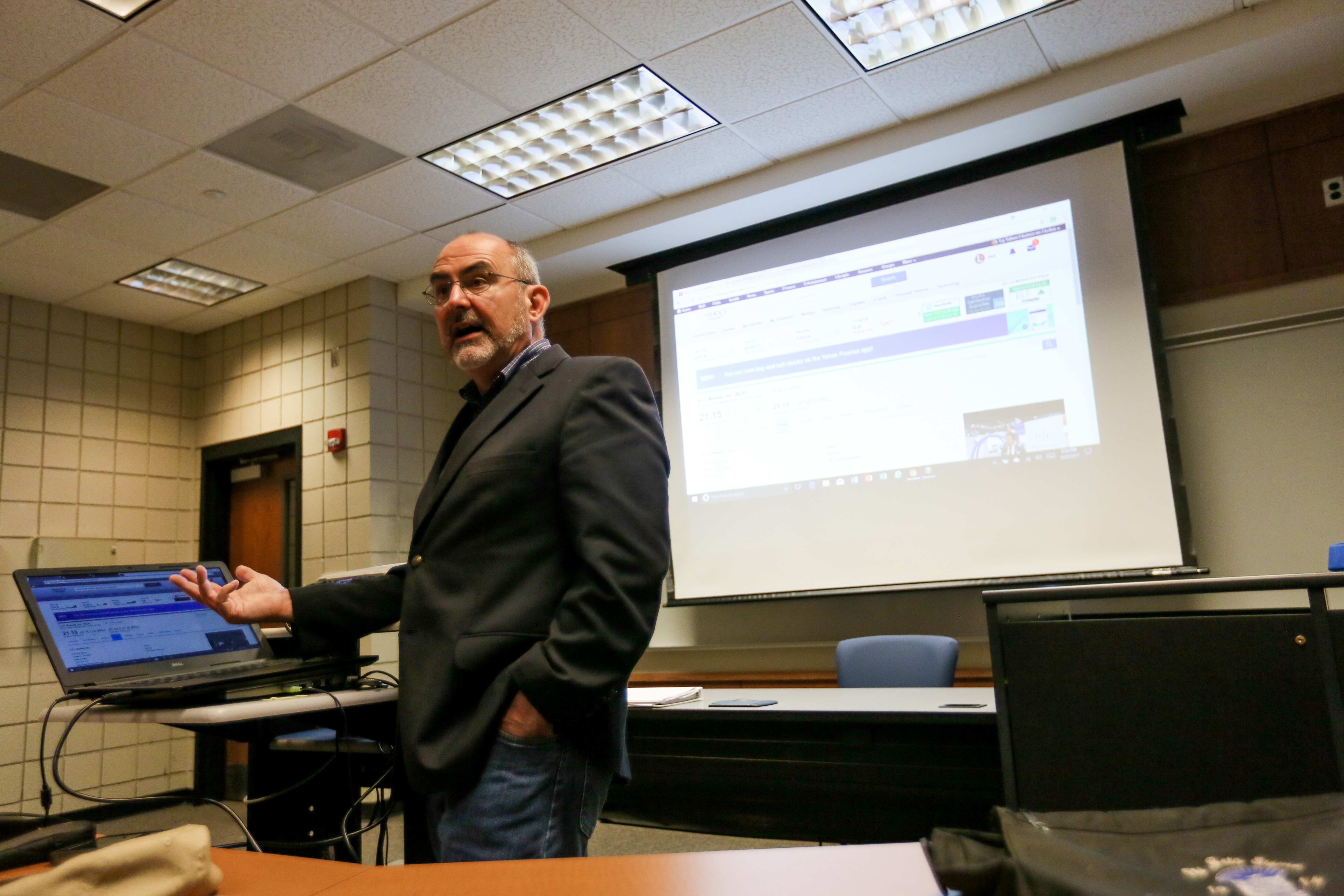

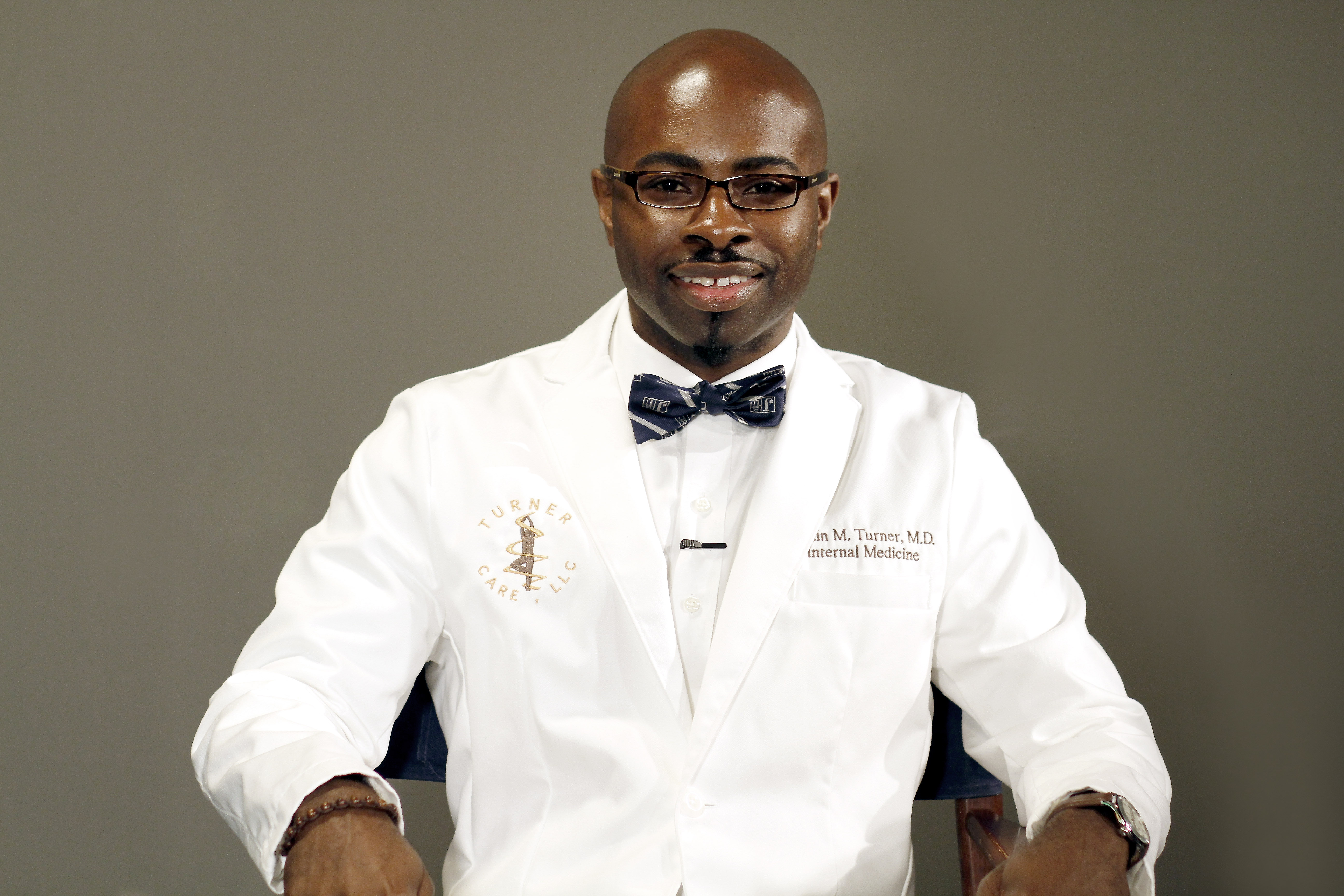
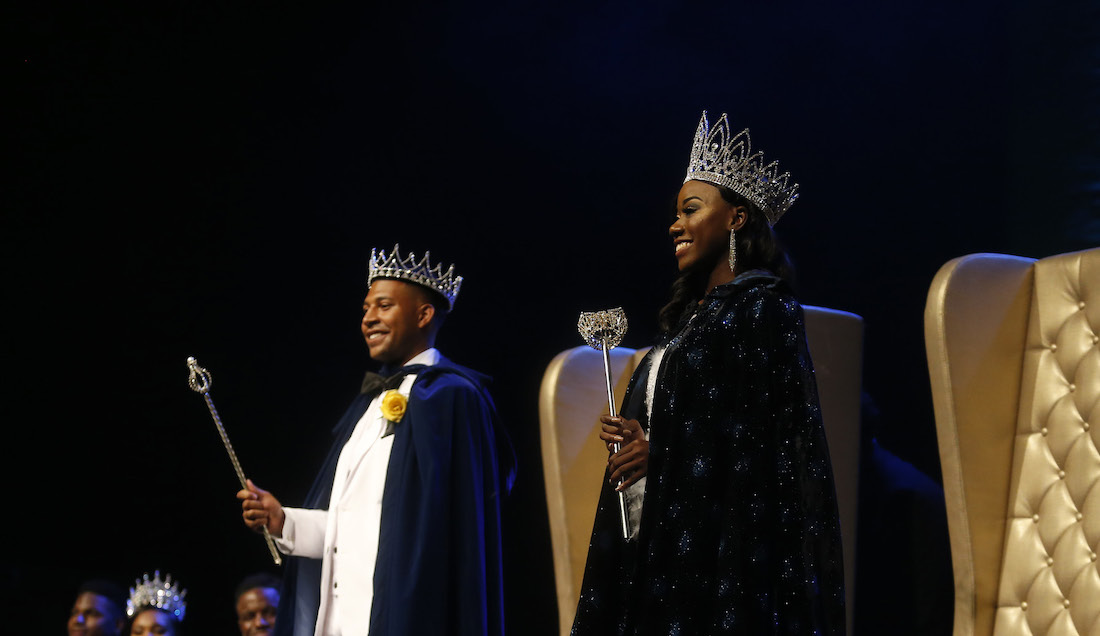
Got a Questions?
Find us on Socials or Contact us and we’ll get back to you as soon as possible.